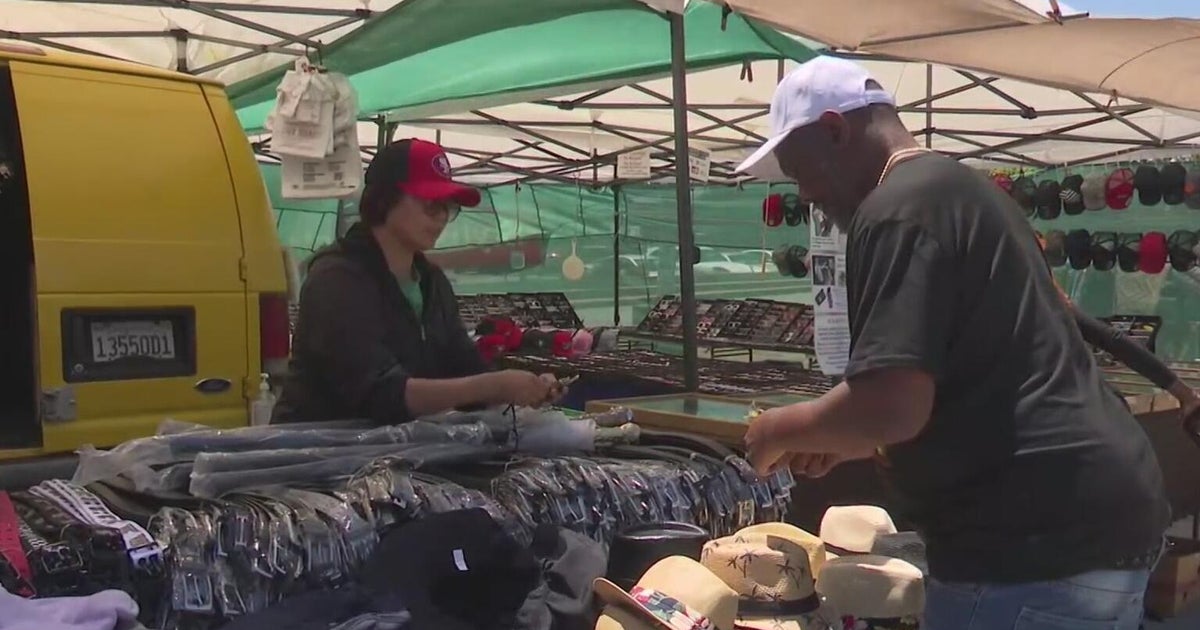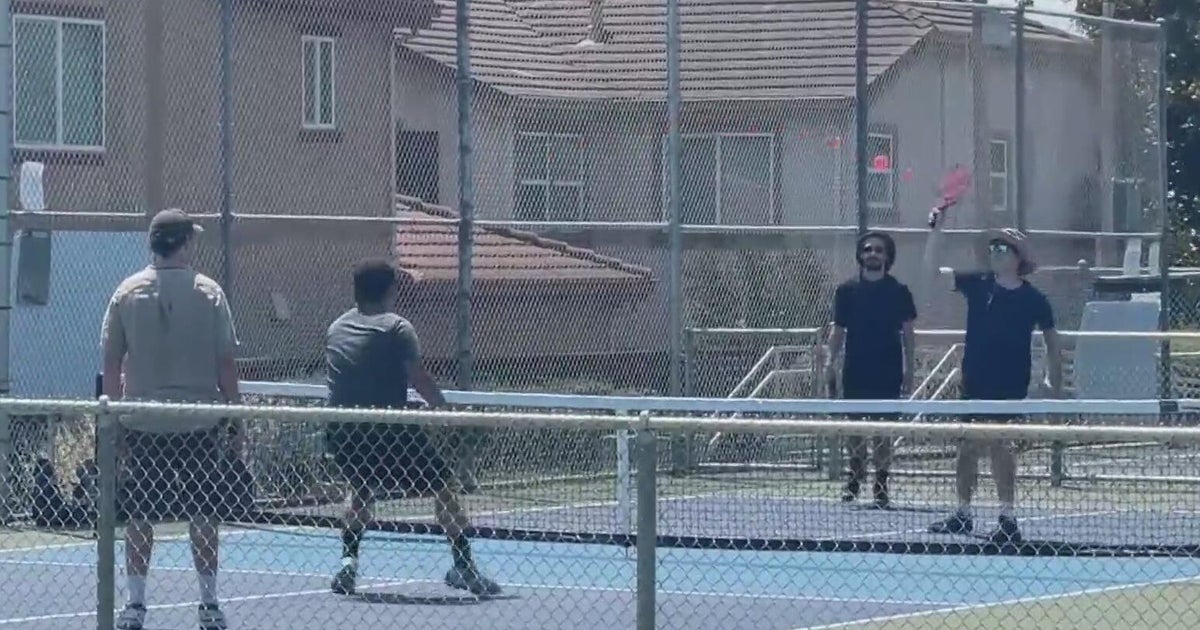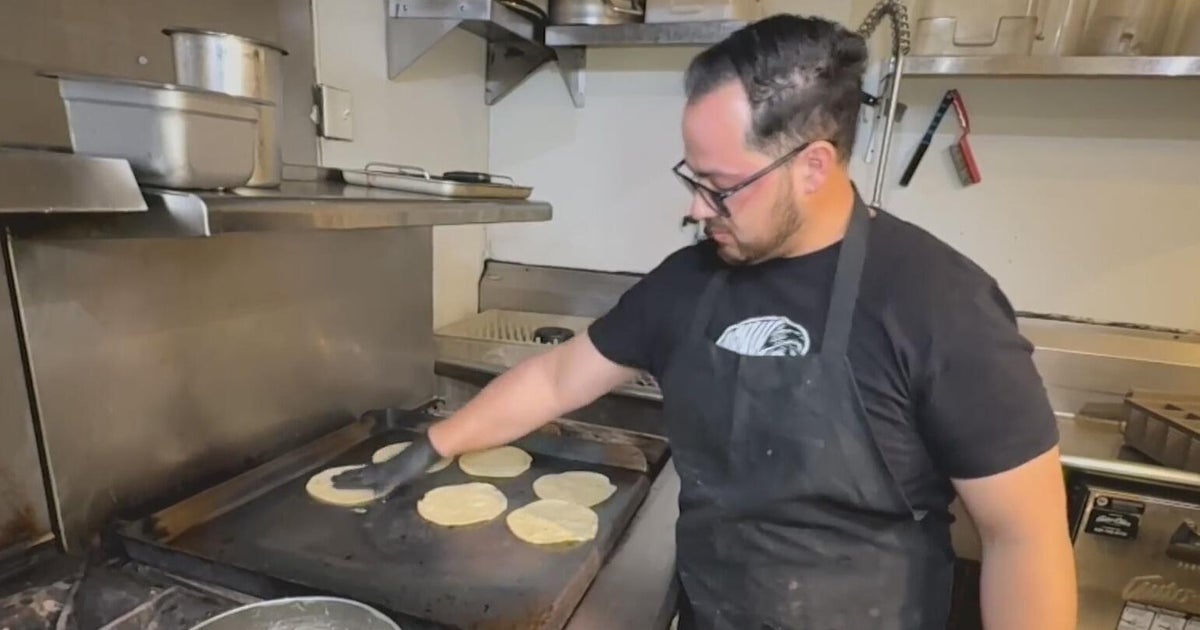StarDate 11/26/2014: Galaxy Mergers
FROM THE UNIVERSITY OF TEXAS McDONALD OBSERVATORY, AS HEARD ON KCBS RADIO WEEKDAYS @ 9:52 A.M., 7:35 P.M. & 2:52 A.M.
STARDATE 11/26/2014: Galaxies could use a set of traffic cops — they're always running into each other. These galactic wrecks can produce some of the most beautiful objects in the universe. Mainly, though, they just make bigger galaxies.
The collisions are the work of gravity. Galaxies contain anywhere from a few million stars to a trillion or more. Their combined gravity exerts a strong pull on the other galaxies around them, drawing the galaxies together.
Most galaxy collisions involve a big galaxy gobbling up a smaller one. In fact, our own galaxy, the Milky Way, is swallowing several small galaxies right now.
But some collisions involve two or more big galaxies. Such encounters often begin with the galaxies brushing past each other. That pulls out great streamers of stars. It also causes clouds of gas in the galaxies to collapse, triggering the birth of millions of new stars.
This phase can produce some beautiful sights. One pair of interacting galaxies, for example, looks like the antennae of a giant insect, while another looks like the eyes of an owl. And yet another encounter has produced an object that looks like a tadpole; more about that tomorrow.
After this phase, the two galaxies then loop around each other before they eventually merge to form a single bigger galaxy. If the merging galaxies are big enough, they most likely make an elliptical galaxy — a featureless blob of stars that looks like a fat rugby ball: a bland end to a beautiful cosmic encounter.



